What is Developmental Dysplasia of the Hip?
Hip dysplasia is the medical term for a hip socket that doesn't fully cover the ball portion of the upper thighbone. I.e. It is when there is an abnormal relationship between the leg and hip bones; and can range in severity of instability of this joint. It’s one of the most common musculoskeletal conditions of infancy.
Why might you suspect your baby has hip dysplasia?
They have click hips ~ this can be felt or heard as a clunk with hip movement
Tight muscles of the hip;
Difficulty with learning to sit
Difficutly with learning to crawl
Or if they are older, a limp when walking.
Also can be queried if there is different leg length, uneven thigh folds or uneven buttock folds (less clinically relevant these days but we check it anyway).
What are the risk factors for hip dysplasia?
Family history
More common in females
Breech presentation
Large baby
Your baby will be checked at birth by your health team, but it’s possible to present when they’re older so we as chiropractors keep checking as they grow as well.
There’s also a clinical relevance of a few other symptoms that can all present at the same time:
Torticollis (wry neck)
Talipes equinovarus (club foot) and
DDH.
So if you brought your baby to us for ‘difficulty turning their neck both ways’ we would also be checking their feet and hips!
What happens if we suspect your baby has hip dysplasia?
We’ll refer you to a Paediatric GP or your Paediatrician for another assessment and potentially some imaging. Depending on age different imaging options are available relative to whether bone will show on an image or not - ultrasound (generally <6mths old) or xray (~ >6mths of age). After an official diagnosis you may be fitted by your paediatrician for either a brace or a cast depending on severity.
How do we as chiropractors compliment bracing/casting?
Spinal mobility is imperative for hip mobility. We assess your bay’s whole spine and will make gentle corrections where indicated. Chiropractic is ultimately about your nervous system so we will check primitive reflexes; check the spine for any nerve interference; and aim to ensure bone, muscle, ligament alignment is optimal to reduce any stress on the nervous system. We may also incorporate some stretching and homecare advice. Obviously tummy time methods will have to change because you clearly can’t place your baby face down if they’re braced! So we’ll help you with some alternatives that won’t impact their hips, but will maintain their vestibular system activation and motor development etc.
We are here to support you through this time so please raise any concerns and we’ll do our best to help educate you and support you and your family through this.
Recommendations:
It is important to avoid tightly swaddling babies, as the legs should be free to move.
Baby carrying - ensure you get approved carriers that support hip socket development (frog leg) eg Ergo baby / Baby Bjorn tend to have the best products on the market but check their labels for approval.
A big no no - Bumbo seats, Jolly Jumpers, or any external support/container that encourages jumping before the body is developmentally ready for it (ie. definitely not before 7 months).
Kids don’t typically learnt to jump till about 20-24mths (babies jumping in their bouncers is actually a reflex) so until your baby’s hips are developed enough to bear their weight then avoid these support devices!
Have your baby’s hips intermittently checked by a paediatric chiro/osteo/physio
If your baby has restriction through their neck or feet, get their hips checked as well.
What happens if we don’t do anything about our baby’s hip dysplasia?
Good question! Always weigh up the risks and benefits for decision you make regarding the health of your family! If left uncorrected, hip dysplasia means that your child will have less surface area for their leg bone to stay within the hip socket. It can cause damage to the labrum (the soft cartilage) that lines the socket of the hip joint; and it can increase the pressure on the socket (bone). Commonly occurring issues are: labral tears and osteoarthritis. It can also impact gait (walking), which can have a knock on effect to the whole spine. At large it is associated with ongoing hip problems i.e. recurrent pain, which generally involves more intervention at some point in their lifetime. So we do suggest avoiding this by making a simple and pain free intervention as soon as it’s picked up to encourage correct development of the socket.
Your Mosman Chiropractors Kristin, Sandy and Lucy have a special interest in treating bubs and performing clinical hip examinations. We will continue to reassess and check hips at 4 and 8 weeks, along with 4, 6, 8, 10 mths, 12mths (through to when they start walking). It’s part of our regular check and you may not even notice that we’re doing it!
Got questions? Get in touch! Admin@NomadChiropractic.com.au

